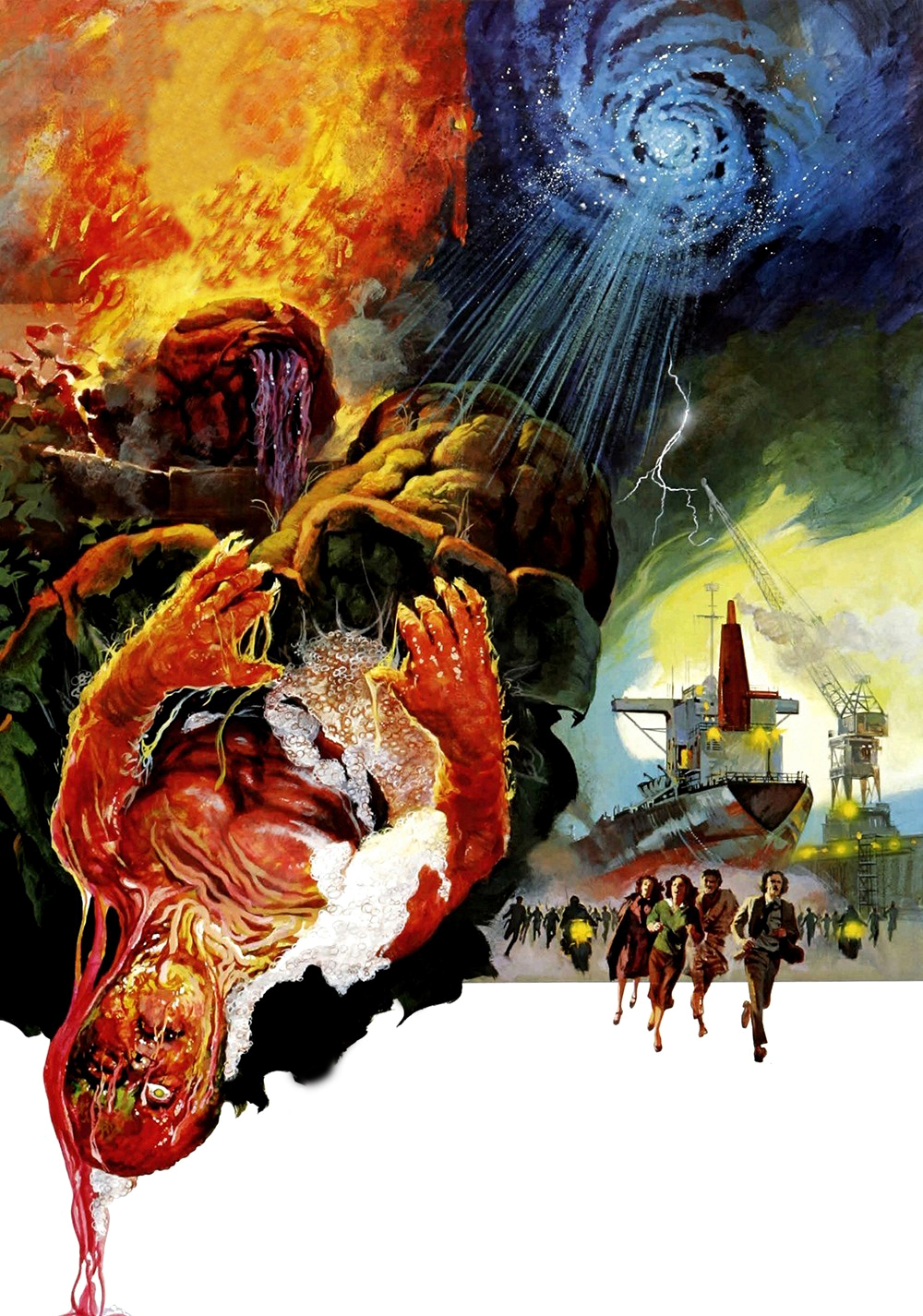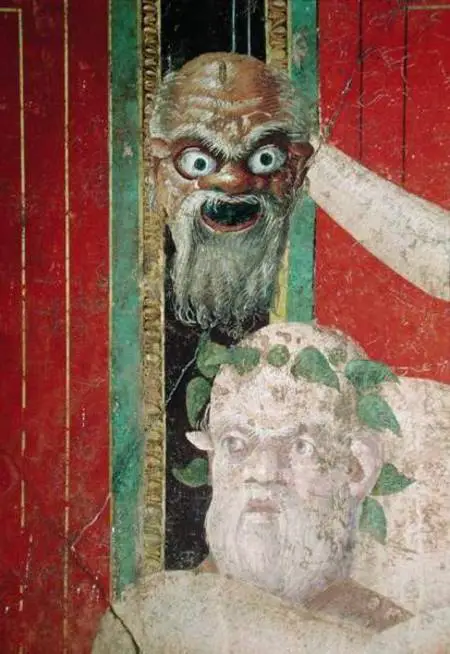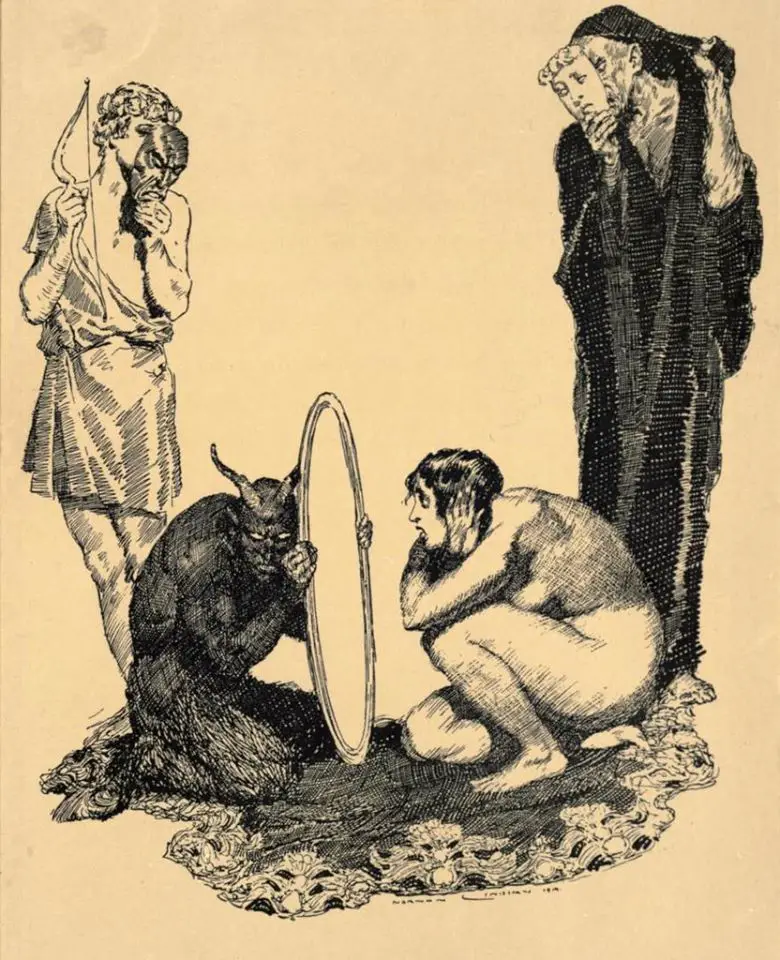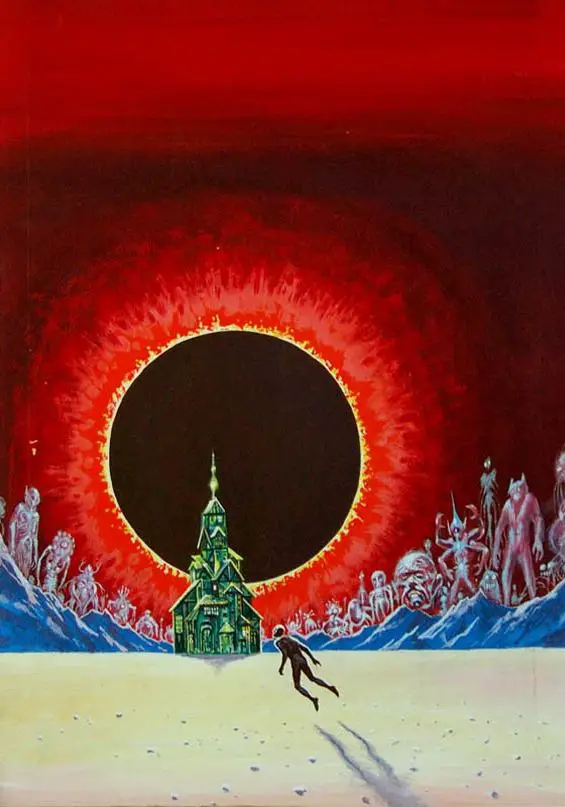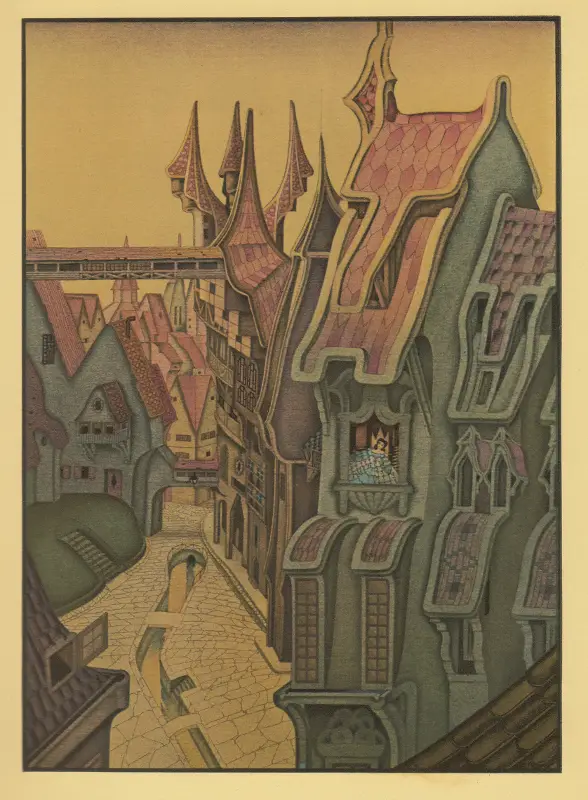Tag: Thomas Ligotti
Videoconference: "The fantastic continuum: a conversation on the literary mystery"
Video of the conference held tonight with Mens ex Machina and Psy * Co * Re with the participation of Erik Davies.
The Waves of Destiny: The Tales of the North Seas by Jonas Lie
Thanks to the Dagon Press, the disturbing stories "Weird Tales from the Northern Seas" (1893) by the Norwegian writer Jonas Lie are finally available in Italian, entirely inspired by Nordic folklore: stories focused on meeting "other" entities such as the draug and the supernatural bride, as well as on the sea as a symbol of the mystery and invincible forces of nature.
"True Detective", between fantastic realism and metapolitics
Attached you can listen to our speech at last night's videoconference, "Metapolitics of TV Series" for GRECE Italie, focused on the esoteric implications of Nic Pizzolatto's first season "True Detective", which we have already had the opportunity to talk about on our pages.
Thomas Ligotti's influence on the genesis of "True Detective"
On the birthday of Thomas Ligotti, one of the leading contemporary exponents of supernatural horror fiction, we see how his essay "The conspiracy against the human race" influenced the script of the first season of the television series "True Detective", and especially the genesis of the worldview of his most iconic character: the tormented detective Rust Cohle.
From "The invasion of the body snatchers" to "The Thing": infection, possession and dehumanization
As superbly pointed out by Thomas Ligotti, Don Siegel's "Invasion of the Body Snatchers" (but even more the Philip Kaufman remake) and John Carpenter's "The Thing" bring to the big screen one of the most disturbing ghosts of our time, which we could define the triple "spectrum of dehumanization": dehumanization of the human species due to the invasive action of an alien agent; dehumanization of the human community towards one's fellow men; dehumanization of the human individual in its most intimate aspect.
Dionysus in the mirror: the mask, the Daimon and the metaphysics of the "other-than-self"
The mask and the metaphysics of the "other-than-self": the youthful initiations in ancient Rome and the Dionysian symbolisms according to Károli Kerényi and Walter Otto; L'"archetypality and paradigmatic nature of the archaic man "who, according to Mircea Eliade," recognizes himself "truly himself", only to the extent that he ceases to be "; the Daimon and the "Antithetic Mask" in WB Yeats's Vision; Dionysus in the mirror, Vishnu who dreaming creates the countless worlds and Thomas Ligotti's "solipsistic god of dreams".
The human being as multiplicity: mask, "doppelgänger" and puppet
Since modern man has dramatically realized that the unity of the human being is an illusion some of the highest minds of his consortium have sought - in a uncanny game of masks, mirrors and dolls - to understand how to integrate one's infinite personalities and overcome the existential nihilism that such masks potentially offer: from ETA Hoffmann's “The Sandman” and EA Poe's “William Wilson” to Hermann Hesse's “The Steppe Wolf”; from the contemporary cinema of Roman Polanski and David Lynch to Thomas Ligotti's "marionette metaphysics" and HP Lovecraft's "cosmic horror".
"The House on the Abyss" by William Hope Hodgson
A descent into hell turns into a space-time wandering. On the threshold of the twentieth century, the traditional katabasis is now tinged with the gloomy hues of already Einsteinian cosmicism. In a universe that has lost its center for centuries, WH Hodgson tries for the last time to get an overview of the Whole. The vision that he gives us is that of a universe without holds, in perennial decay, dominated by unknown forces that embody chaos and death, anticipating what will be the typical nightmares of HP Lovecraft's sepulchral nihilism.






